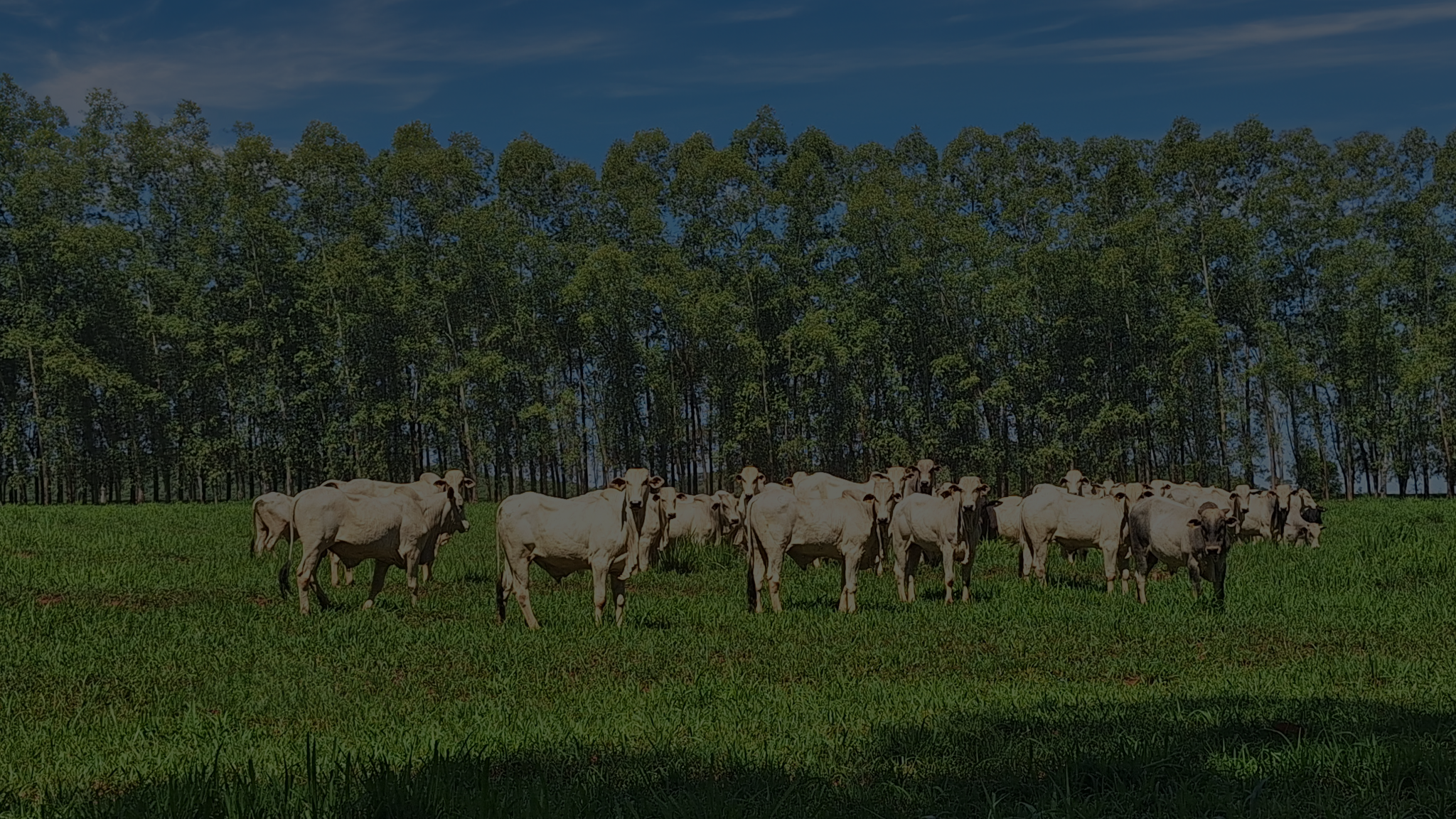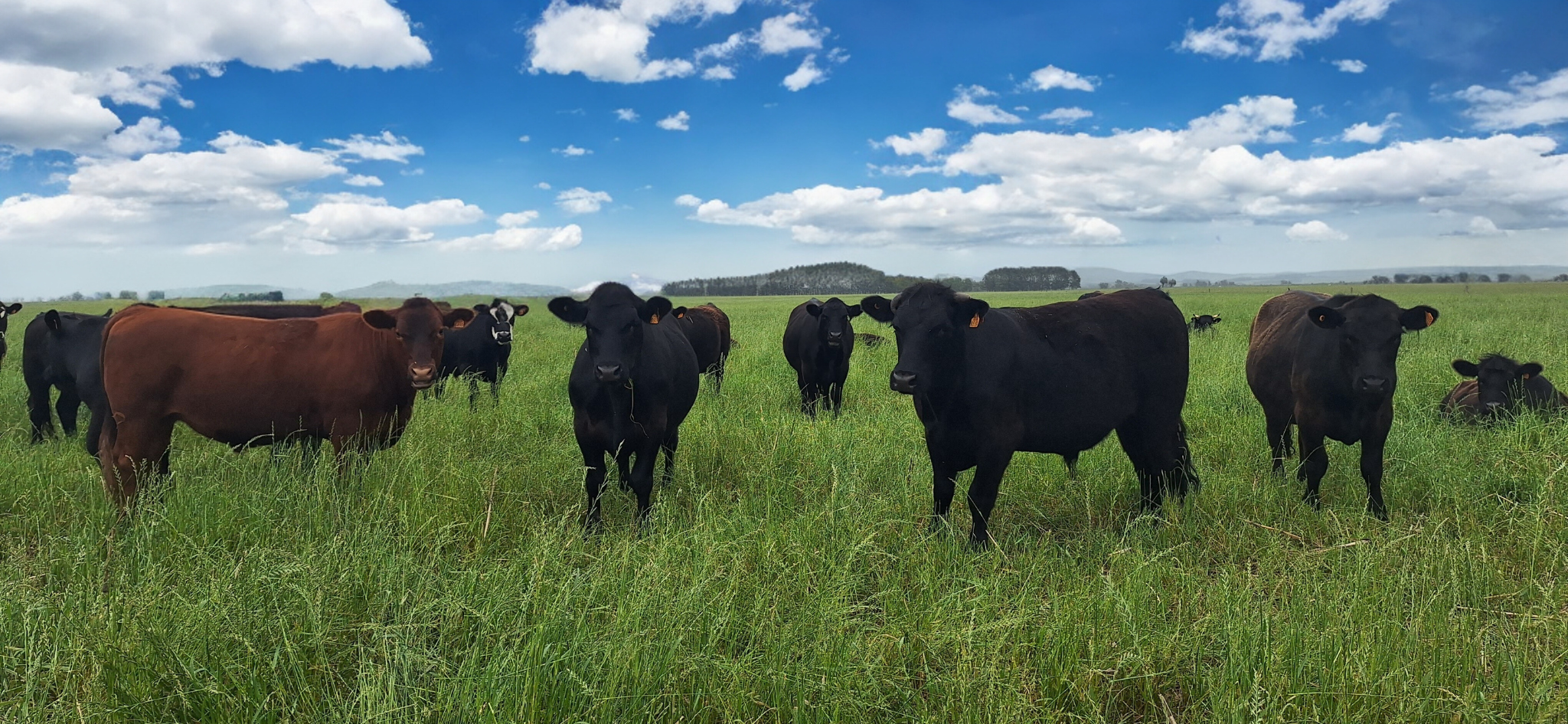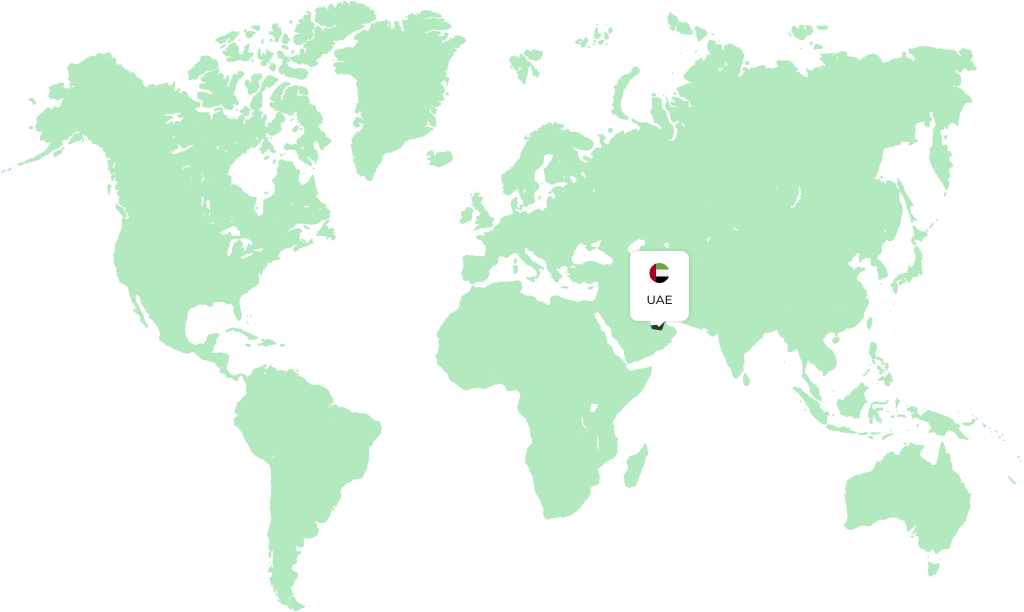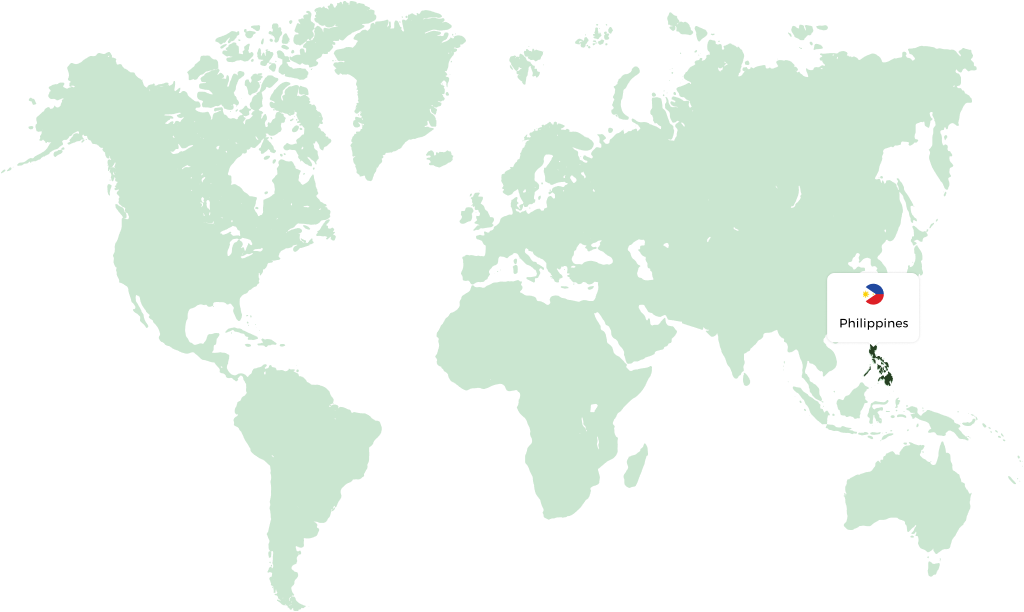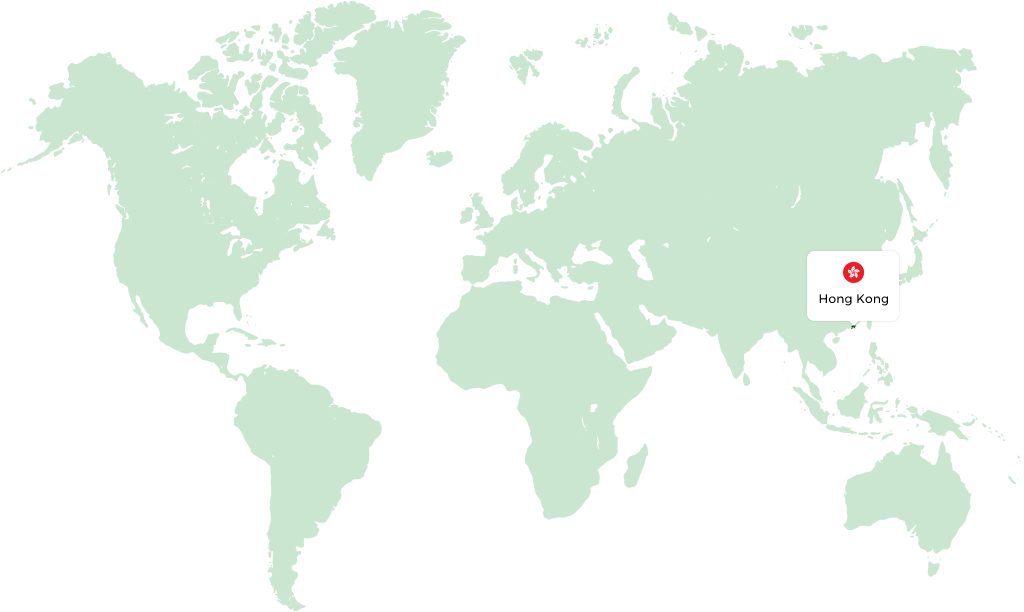How can we reduce emissions on farms?
The way farms are managed and cared for can have an impact on their carbon footprint, so with better decisions and productive strategies, they can reduce their emissions or even remove CO₂ from the atmosphere.
Here are some of the strategies we are strengthening in the Renove program:
- Planned pasture management:
Healthy pasture and soil act as carbon stores: pastures grow better and are able to remove more carbon from the atmosphere through photosynthesis and fixation of this carbon in the soil. With more productive and well-managed pastures, animals eat more and better, also improving animal productivity and reducing slaughter age and associated methane emissions. - Rotational grazing:
Rotational grazing allows the animals to feed without compromising the quality of the forage, allowing the plants time to develop new leaves and thus contributing to more efficient CO₂ fixation in the soil - Implementation of integrated systems, such as Crop-Livestock-Forest Integration (ICLF)
The implementation of integrated systems such as ICLF promotes synergy between agriculture, livestock and forestry, and produces mutually beneficial outcomes for components of the system. This model brings significant benefits, such as increased productivity, improved soil quality and diversified sources of income for producers. - Increased animal productivity due to better genetics:
Better genetics promotes faster growing animals which emit less methane over their lifetime. - Strategic diet to reduce enteric methane:
An adequate and balanced diet together with feed additives can reduce methane emissions.
The Renove Program seeks climate solutions with its partner suppliers based on three pillars: training and capacity building; technical and institutional partnerships; and green financing.

